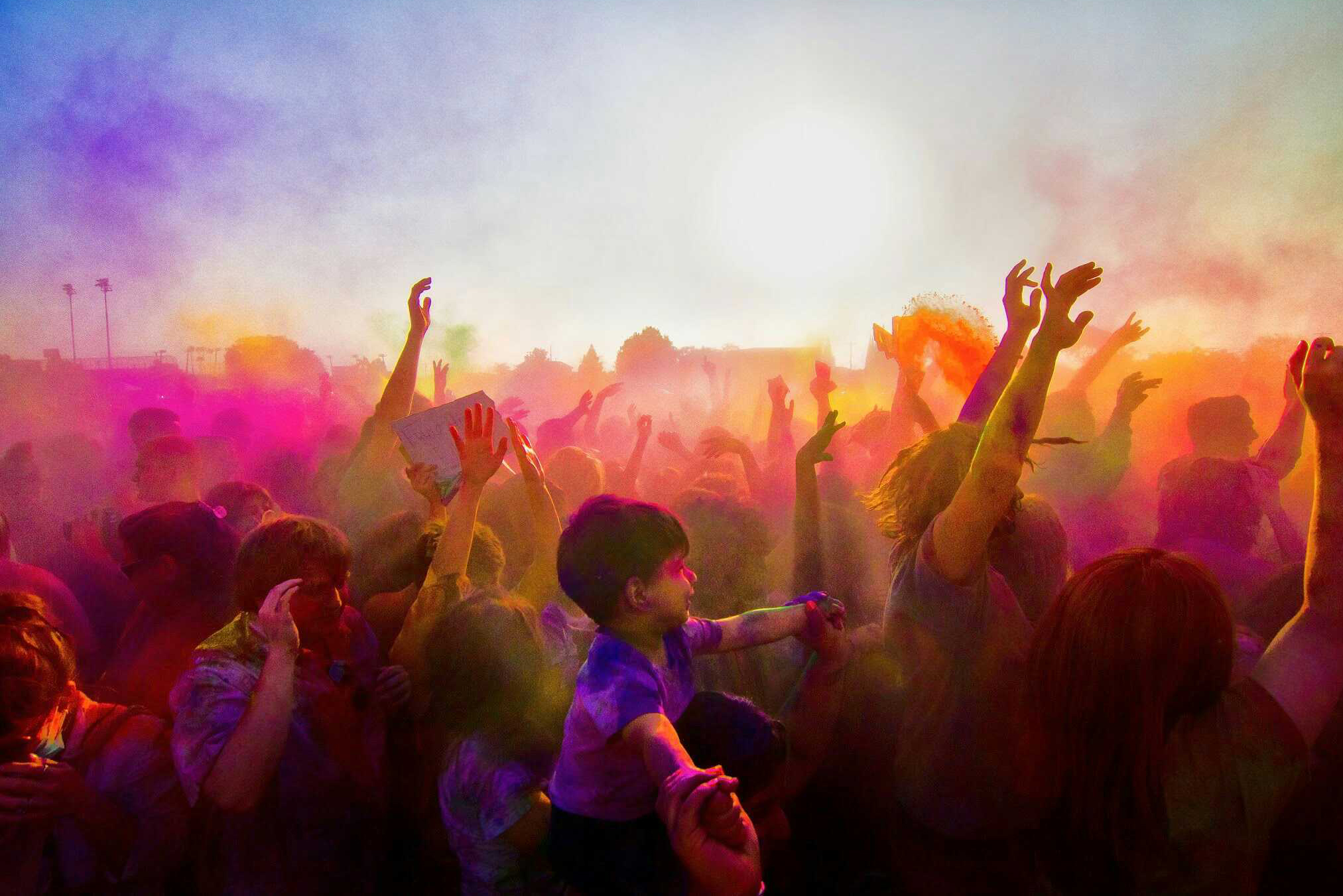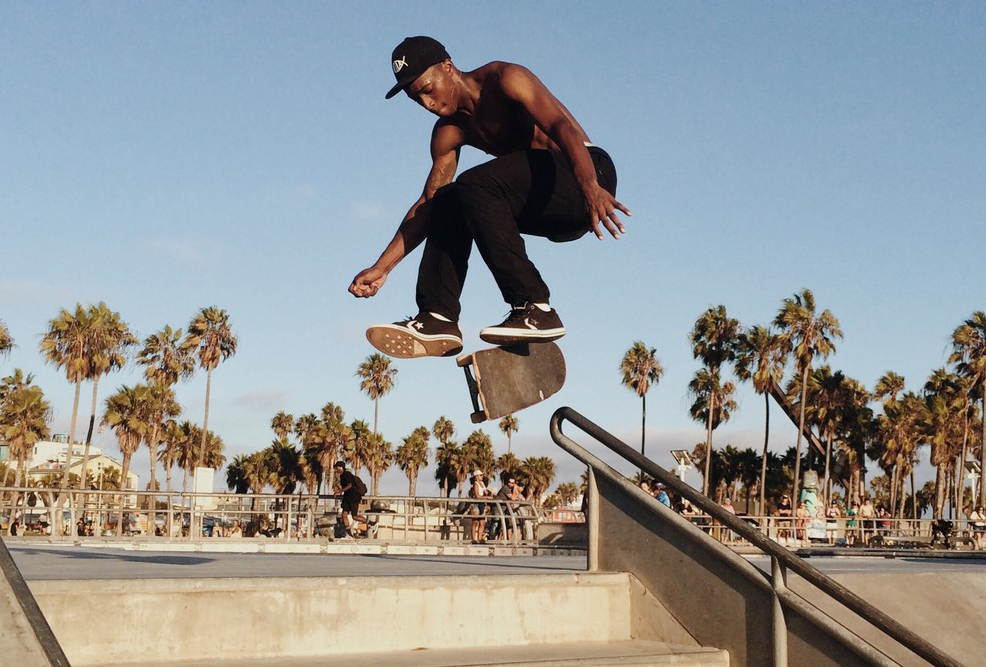Visual content marketing is gaining momentum like never before. Every smartphone user can produce authentic engaging quality photos and videos, and share them instantly. Even stream them live.
Internet bandwidth is increasing exponentially. Young people can buy inexpensive phones that match the quality of CNS cameras. They can make 4k videos. At the same time, the impact that visual content has on brands is astounding.
We are living in the world of video. Generation Z’s loves watching and broadcasting live streams on Snapchat, Periscope, YouTube, Instagram stories, and Tumblr. User-generated content (UGC) is dominating to the extent that professionally produced videos and photos are perceived as artificial “stock images”.
The branding giants already get the best out of the UGC. Airbnb or Starbucks get it for free. How can a brand that is not a social media star yet keep up with them? How to make a step towards reaching the higher level of your brand awareness?
In this blog post, we will show you eight visual content marketing trends you can follow. You should definitely include them in your marketing strategies.
1. Video Takes the Lead. Data First.
The video is more attractive to the young audience than static images or text.
- 80% of global internet traffic will be attributed to video by 2020
- 90% of content shared on SNS by users is video
- 95% of the message will be retained by the viewer, while for text it’s 10%
There are many video formats, and we don’t know the dominating one yet. Businesses need to set targets for delivering every popular video format available. Experiment with horizontal or vertical visual content, long or short snaps of everyday life created by our users for brands.
2. Ephemeral Content
The digital age art is short-lived. It spreads in minutes through the global network of social media, and hardly ever lives longer than few weeks or months. It’s more like a spoken language than a written one. It’s extremely easy to create, but it doesn’t last long.
This ephemeral content:
- is authentic
- drives high engagement
- is mobile-centric
- feeds on the fear of missing out (FOMO)
- creates augmented communication, a powerful tool for influencing customer’s behaviors.
Visual marketing departments need to play this trend and use ephemeral images and videos to promote their products.
Fortunately, ephemeral visuals performance is quite easy to measure. The leading social media platforms provide you with metrics you can calculate your return on investment (ROI). Facebook has recently made changes to is ads management dashboard adding analytical tools to optimize and evaluate the content performance and spending.
3. Visual Discovery Features
Visual discovery will be a growing trend in the foreseeable future. It was initiated by Pinterest, which was developing interfaces enabling visual search and browsing in contrast to the dominating textual one. The goal is to let the users the images of their interest directly, without translating them into words.
Facebook and Amazon are also reportedly working on a similar feature.
4. Visual Storytelling
Telling your brand’s story through video, interactive games augmented reality, and data visualization should be one of your key marketing strategy goals.
Visual storytelling is very persuasive. Motion pictures activate activates different parts of the brain. The viewer not only hears the story but also is experiencing it visually and by acting (in the case of video games). The frontal cortex, the area responsible for experiencing emotions, can’t be activated by cliches. That’s why you need to surprise your audience with every visual content.
5. Social Videos
It is easy to become a video creator. Marketers used to be obsessed with Boomerang as an innovation. Now sharing a short piece of personal video content is rather common and takes more crafted forms. Everyone can host their own show, a channel and become their social circle’s social influencer and narrator.
Search Engine Journal’s study shows a 178% increase in the average engagement of Facebook Live videos.
6. 360 Degree Photos and Videos
You see them in your and probably you watch and interact with them as they have very high engagement ratios. 360-degree photos and videos look great on small screens of smartphones. Expect that all social networking sites will prioritize them to encourage users to spend more time with them.
It is a great way to narrate your brand’s story in real-time. However, you need to present a high level of quality control over it. Consumer packed goods (CPG) brands should definitely start using this type of content.
7. Vertical Video and the 3V Rule
Mobile-natural vertical visual content works exceptionally well as ephemeral content. They are going to be big both for big and small brands.
3V model is a growing trend:
- Vertical – made for mobile
- Video – best way to tell a story
- Views- full screen, full attention
Instagram exceeded 1 billion monthly users in 2018, and Instagram’s IGTV standalone vertical video application has become the main competitor of YouTube’s online video monopoly.
8. Consumer-created or Crowdsourced Content
Brands can easily hit two birds with one stone. They can embrace the voice of their consumers and produce engaging authentic content, by using crowdsourcing platforms.
Visual content creation is one of the markets that has been successfully “uberized”. Amateurs and semi-professionals are overtaking old photographers and videographers in delivering engaging content at scale.
You can see a strong marketing trend will likely continue in the future when it gains traction among a more conservative group B2B marketers. It’s happening, so expect crowdsourcing to take over.
Our strongest bet for the nearest future? Ephemeral video content is going to rule the visual content marketing. You can give it a try and start a campaign using ephemeral video content on FOAP. Be ahead of the curve.








